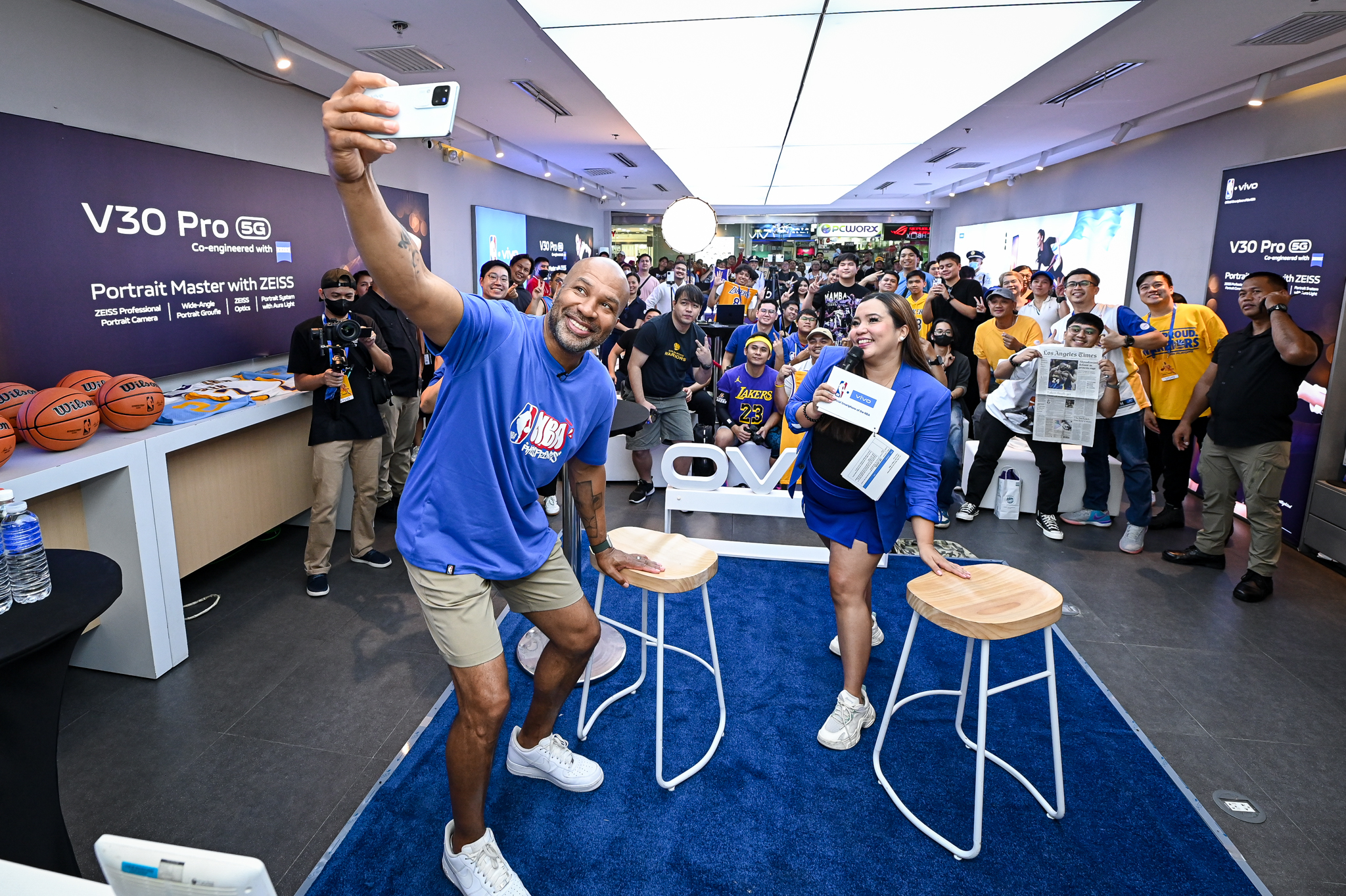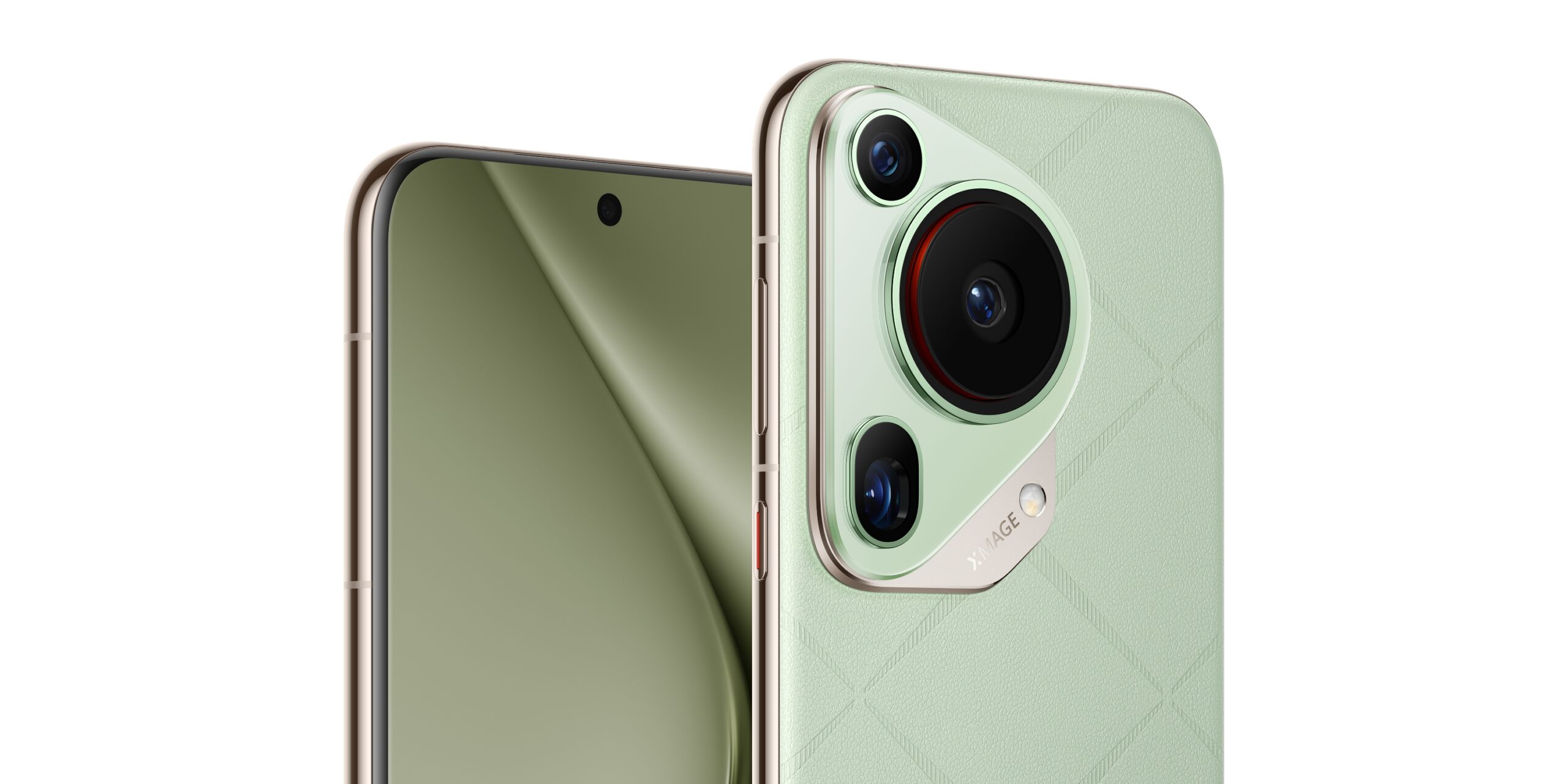We unbox the ZenFone AR!
ASUS’ first Tango-powered, ultra-premium phone, the ZenFone AR, is expected to launch later this month in the Philippines. We’ve already seen the phone while we were in ASUS’ hometown last week, but today the company decided to send over a review sample along with the retail box that it’s supposedly coming with when it launches later this month.
We usually don’t do another unboxing of a phone we already had hands-on time with, but we’re making the exception for the ZenFone AR. The media rotation box comes with a bunch of cool swag, though we’re not entirely sure if consumers will be getting the same freebies or if even some contents of the box will become available for purchase.
Zenfone AR Specifications
- 2.35GHz Qualcomm Snapdragon 821 quad-core processor
- 6GB of RAM
- Adreno 530 GPU
- 5.7-inch Super AMOLED QHD display; 2560×1440 resolution, 551 pixels per inch
- 64GB of expandable storage, expandable up to 256GB
- 23-megapixel rear camera, f/2.0 aperture, 4-axis OIS, 3x zoom, PDAF, depth and motion tracking sensors
- 8-megapixel front camera, f/2.0 aperture
- 4G, LTE
- Dual SIM
- WiFi, Bluetooth
- GPS, A-GPS, GLONASS
- Fingerprint scanner
- USB Type-C
- 3300mAh Battery
- Android 7.0 Nougat with ZenUI 3.0

Packaging and contents
When ASUS first handed over the box for the ZenFone AR, the first words out of our mouths were “are you serious?” Because, really, look at the thing. It’s gigantic, and can easily be mistaken for a box for one of their ZenBooks.

The build quality of the box is pretty snazzy, and the exterior has this shimmering, textured finish that further enhances the premium feel of the phone even before you open the box.
Once you open the lid, you’ll see the ZenFone AR right in the middle, flanked by ASUS’ marketing fluff. The ZenFone AR is the first phone in the world that’s Project Tango-capable AND Google Daydream Ready, and boy does ASUS milk that marketing coup for all its worth.

You can actually flip open one side of cardboard that the ZenFone AR sits on, and when you do you’re greeted with the sight of a Google Daydream View, along with its accompanying controller.

Daydream View is essentially the headset and controller combo that Google offers for its VR efforts, and while we’ve seen a few floating around in ASUS’ booth back in COMPUTEX, it’s only now that we’re able to properly admire the build quality of the thing.

The construction, materials and design of the headset is miles away from what you usually see offered by other companies (Samsung included).

There’s also a bunch of other stuff in the package, including the standard smartphone fare of headphones (ZenEars as far as we can tell), fast charger and USB Type-C connector.

ASUS also includes a spiffy metal calling card case in the package as well as a bunch of AR-related flash cards.

So the idea behind the flash cards is so you’ll easily find content for the ZenFone AR. Each flash card gives you a short description of the app that’s tied to the QR code embedded in the card, as well as instructions on how to use it. Due to the enthusiast nature of Project Tango (as well as the fact that there’s currently only two phones that support the technology) app choices for it are a little on the thin side.
The box sure looks pretty awesome, but again, this is a media review kit that’s supposed to impress product reviewers (like us) and is no way representative of the stuff that’ll come with the retail package.

Initial Impressions: Their most premium phone to date
ASUS’ ZenFone AR is the most premium smartphone the Taiwanese company has ever made, though they went a slightly different route compared to their contemporaries when it comes to the look and feel of the device. Instead of curved screens and panes of Gorilla Glass, ASUS went with leather on the ZenFone AR, mixed with a metal frame.

The shape of the ZenFone AR is similar to the ZenFone 3 Deluxe, and has a slightly curved back, along with rounded corners and chamfered sides. It has similar ergonomics to it as well, which means it’s pretty easy to manipulate one-handed despite its size.

The rear of the phone is where the action is: that’s were the TriCam system sits. Tango needs three cameras to work: the main camera, a depth sensor as well as a motion tracking sensor. While the camera cluster is pretty huge compared to other phones in the market today, it’s a big improvement over the ugly, clunky system that Lenovo’s Phab 2 Pro used.

Moving on to the rest of the phone, the 5.7-inch Super AMOLED QHD display up front looks glorious, and is a big step up from the purely full HD panel that they used on the ZenFone 3 Deluxe. Right below that lies the fingerprint scanner that also pulls double duty as a clickable home button, flanked by the Android navigation keys. The volume and power button is on the right side of the phone, while the 3.5mm jack, USB Type-C port and speaker grille are on the bottom.

ASUS has outfitted the ZenFone AR with top-tier tech – at least it was considered top-tier when it was announced earlier this year – Qualcomm Snapdragon 821 processor, a whopping 8GB of RAM and up to 256GB of storage. That’s the theory anyway, and like any other product the ZenFone AR will come in a number of specifications depending on each country it arrives in. Our review unit is the 6GB/64GB variant– we still don’t know if this is the version that’ll ship in the Philippines.
What makes the ZenFone AR special is Project Tango, the augmented reality computing platform, developed and authored by Google. It’s supposed to bring richer AR experiences to smartphones by utilizing all of that fancy tech and cameras in the back of the ZenFone AR. We’ve already done a quick video on the ZenFone AR demonstrating what Project Tango is all about above.

That’s pretty much it for this quick unboxing and review. We’ll be using the ZenFone AR as our primary phone in the next few days, hopefully we’ll be done with the review process by next week. We still have no price point for the phone, but considering its positioning expect it command a premium price.








